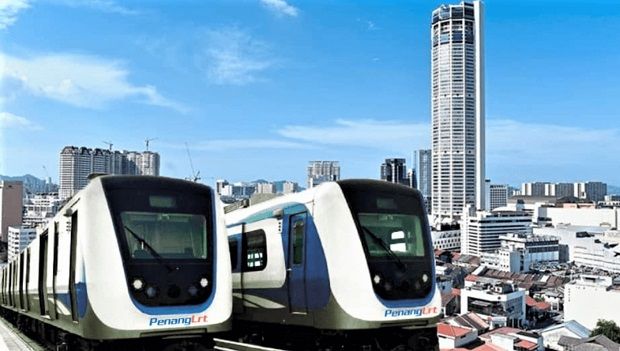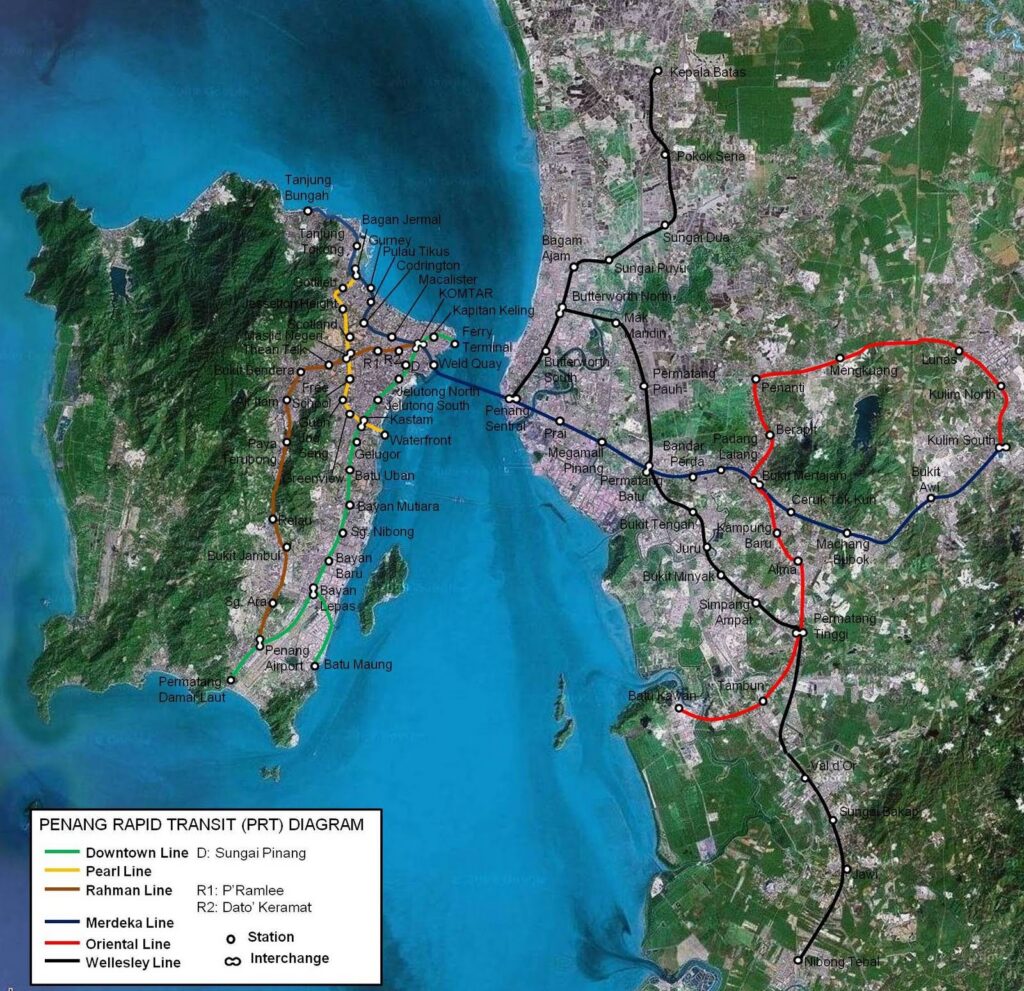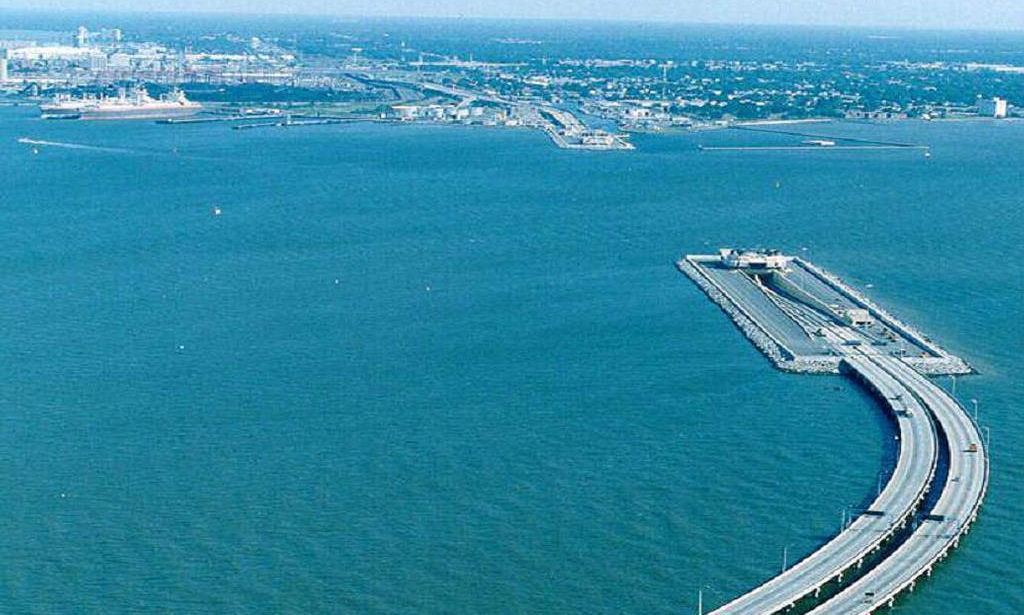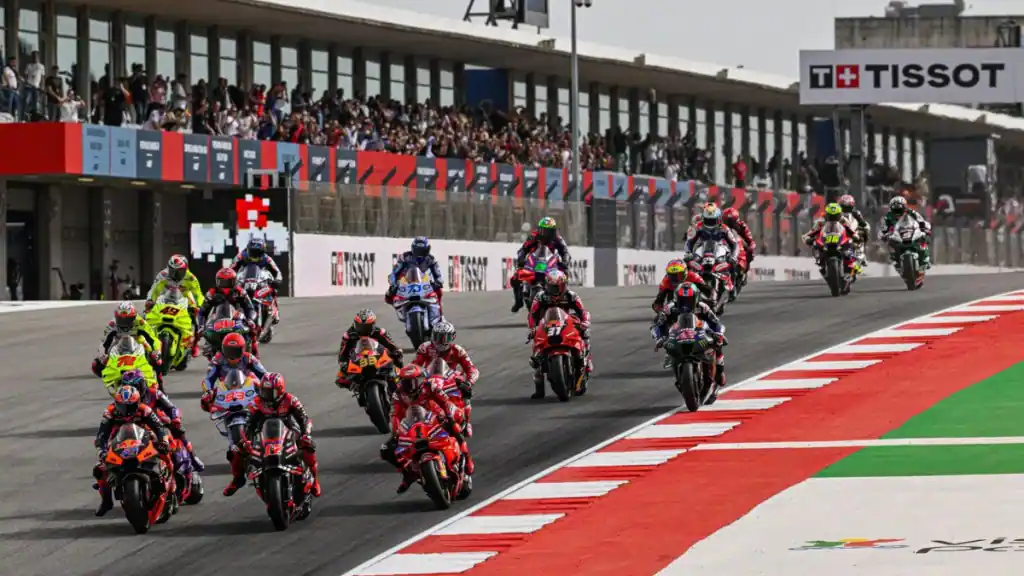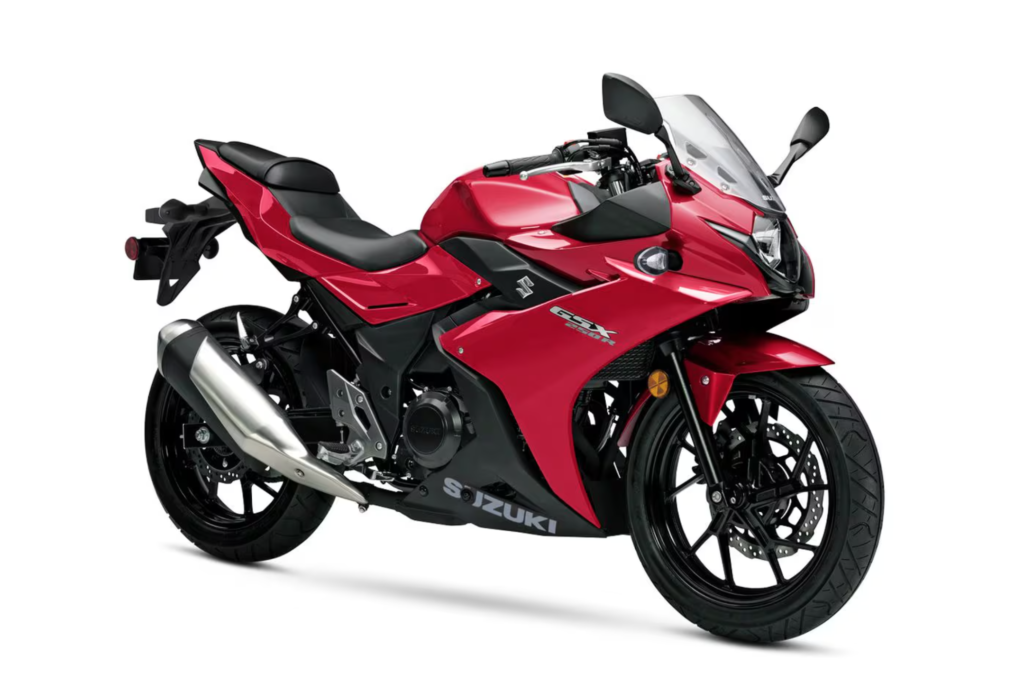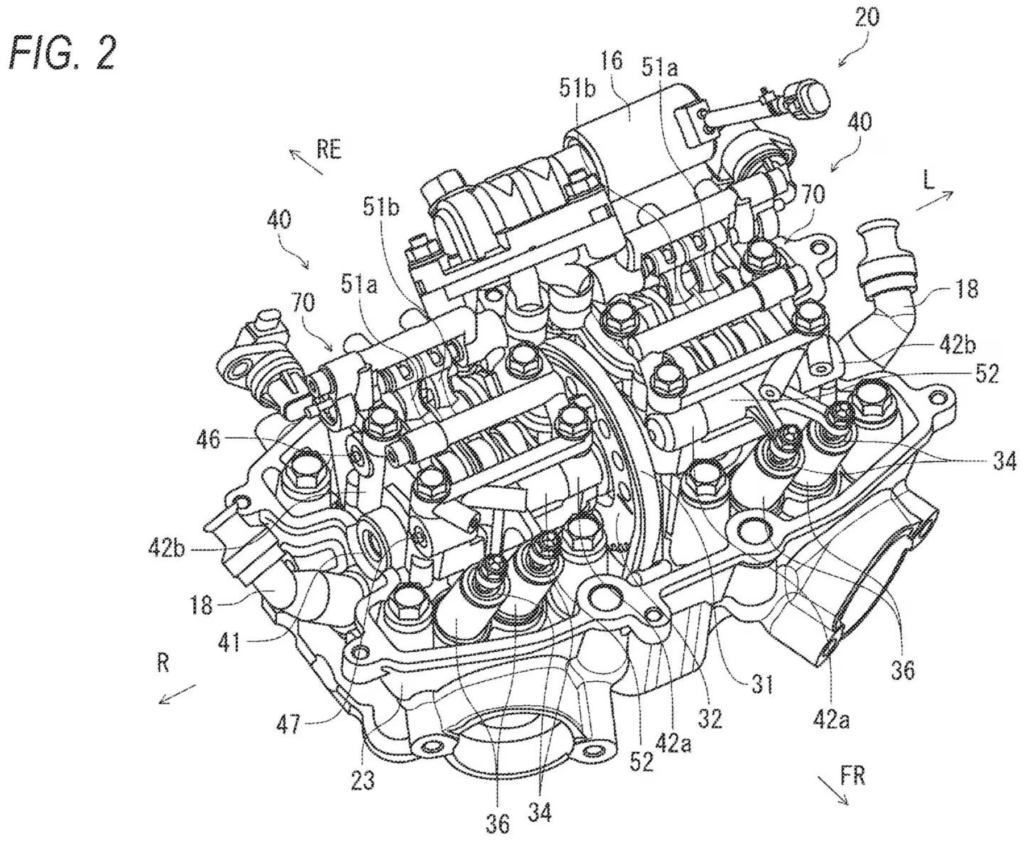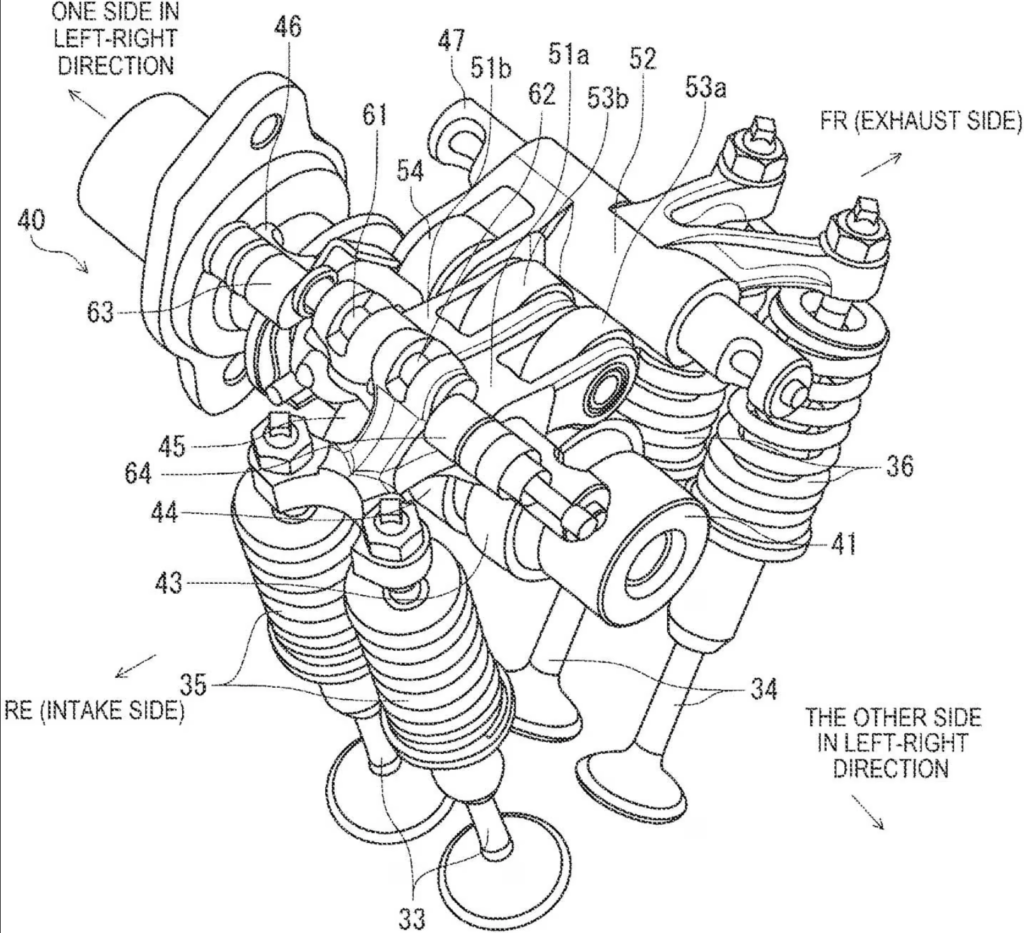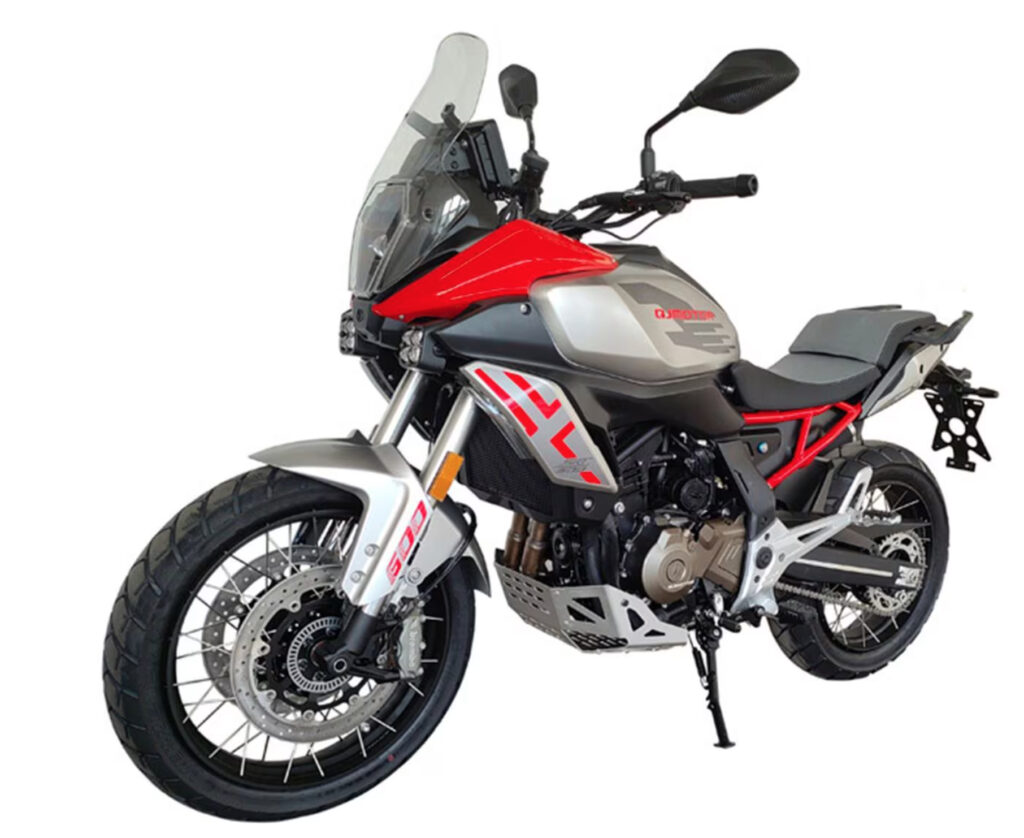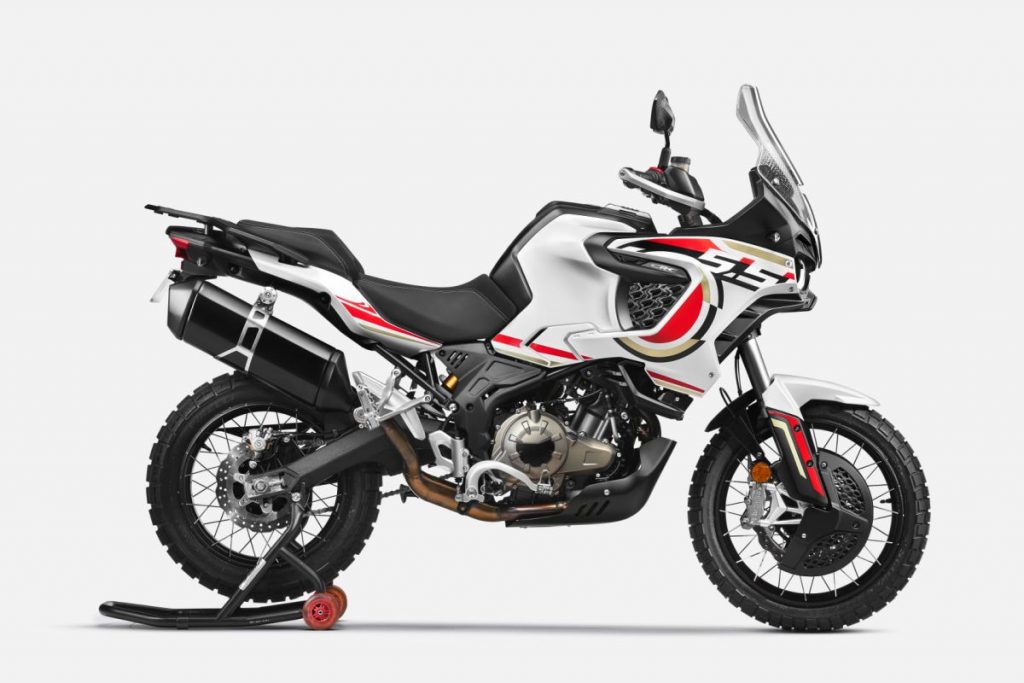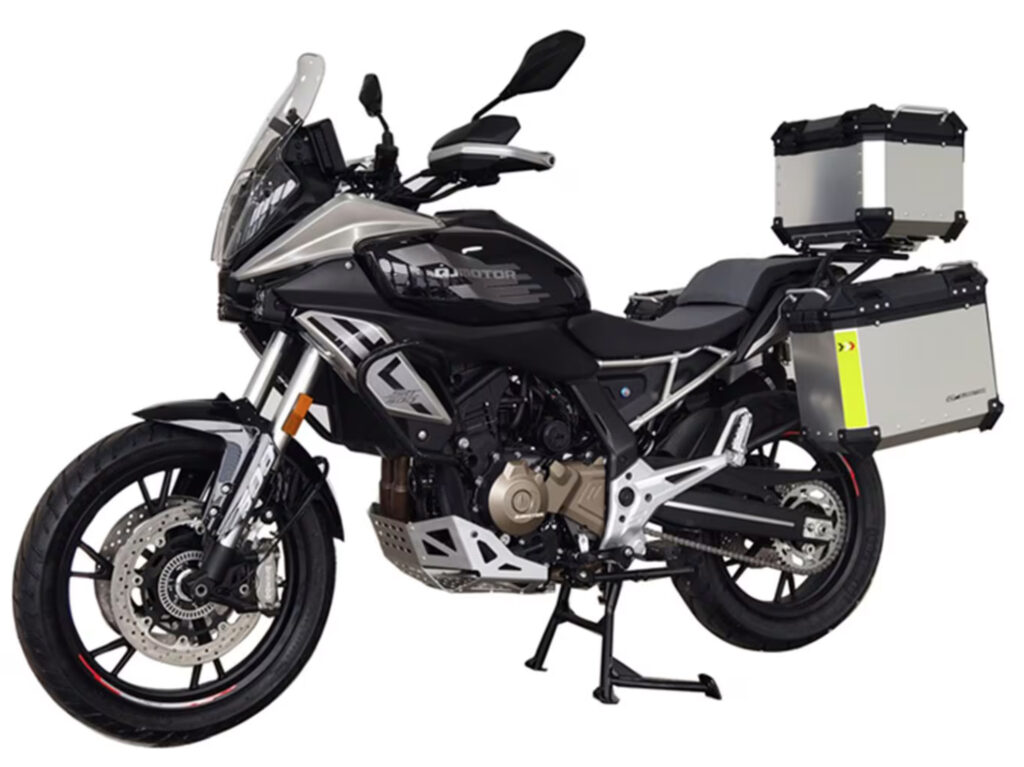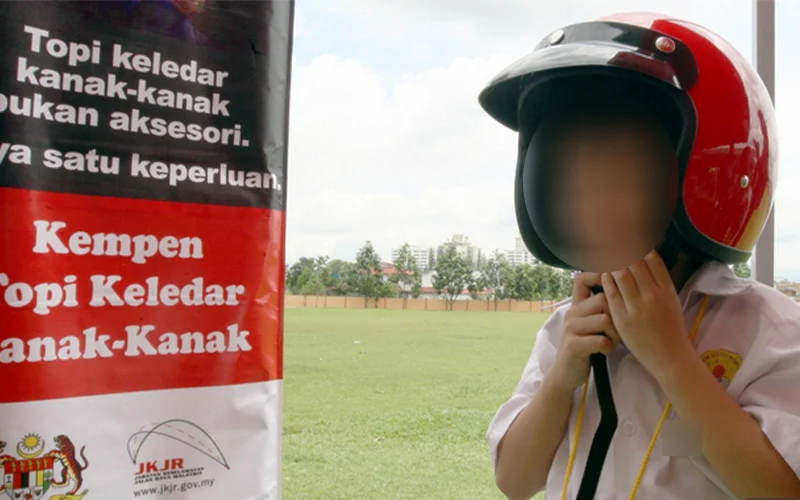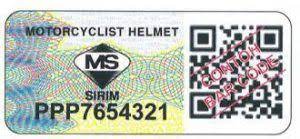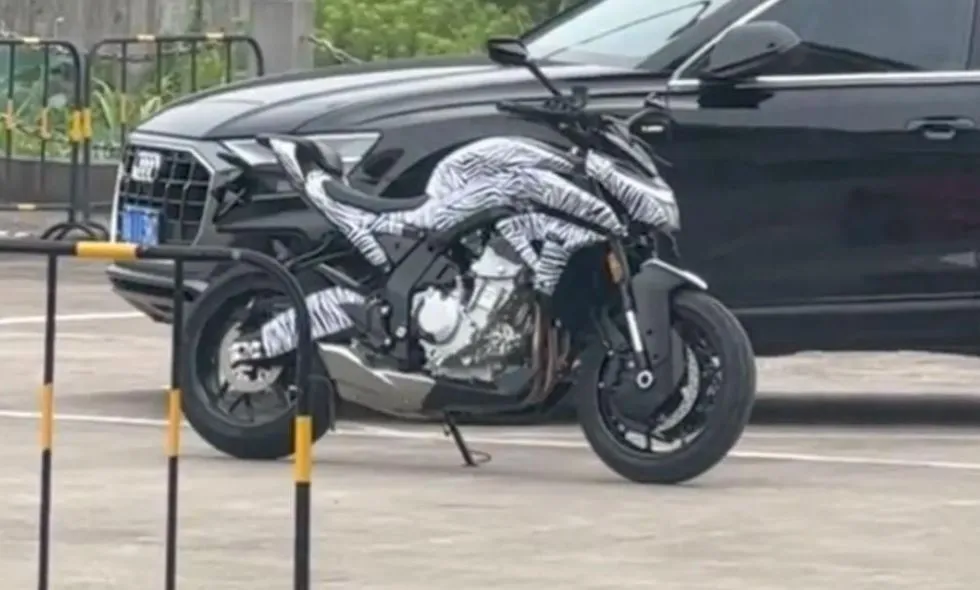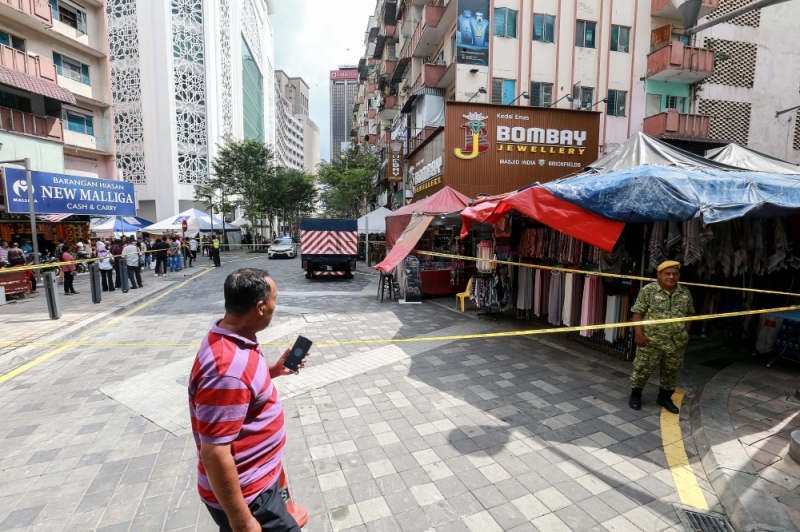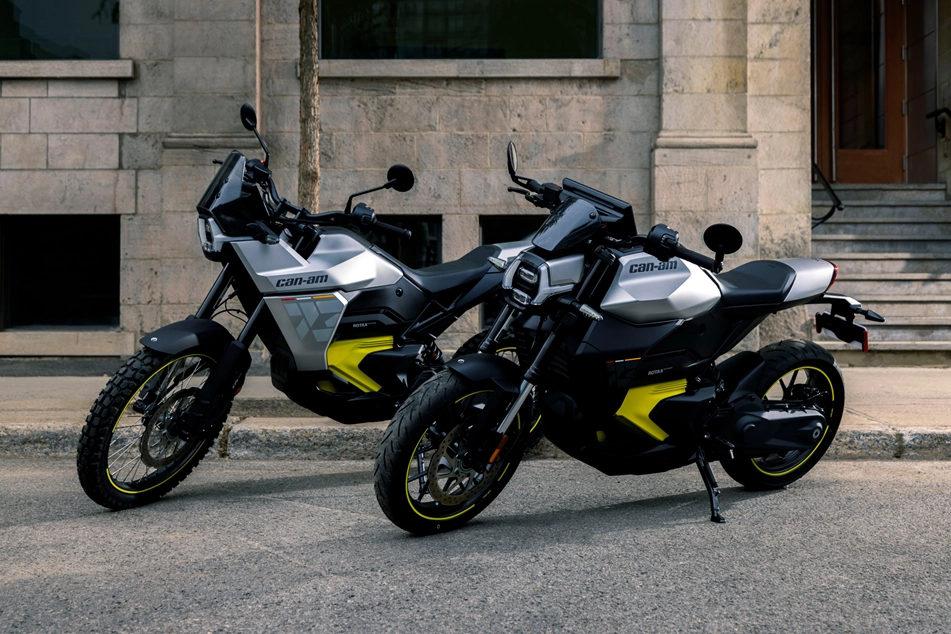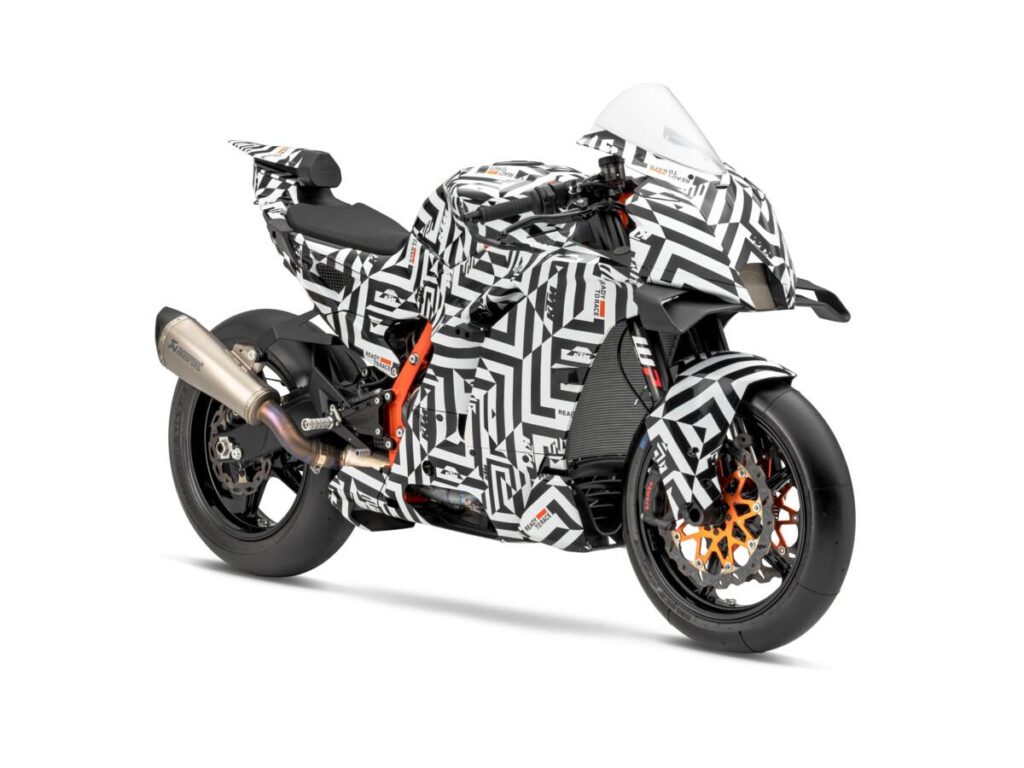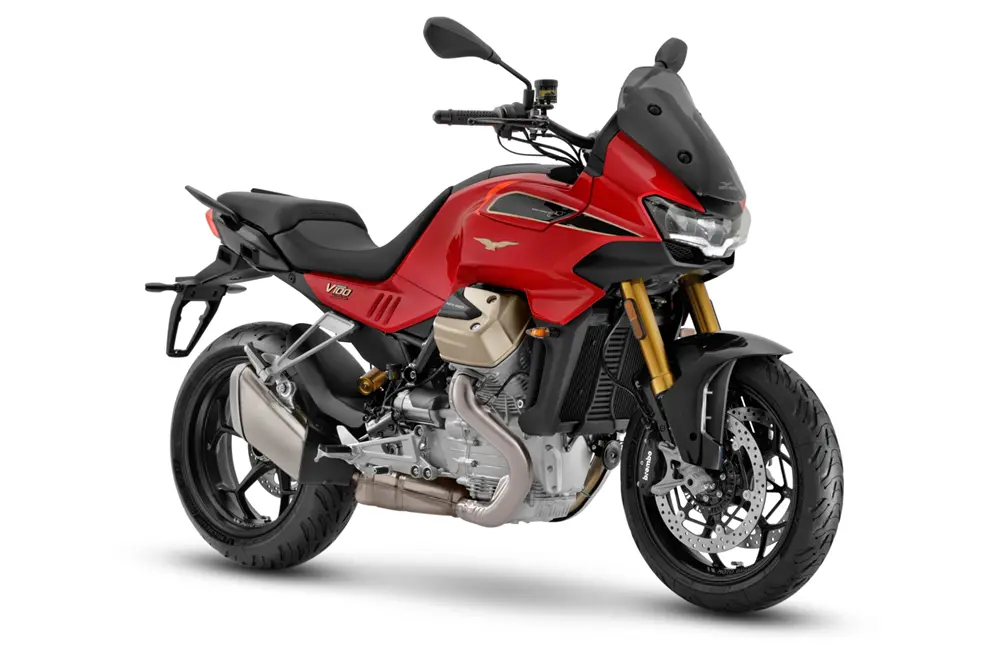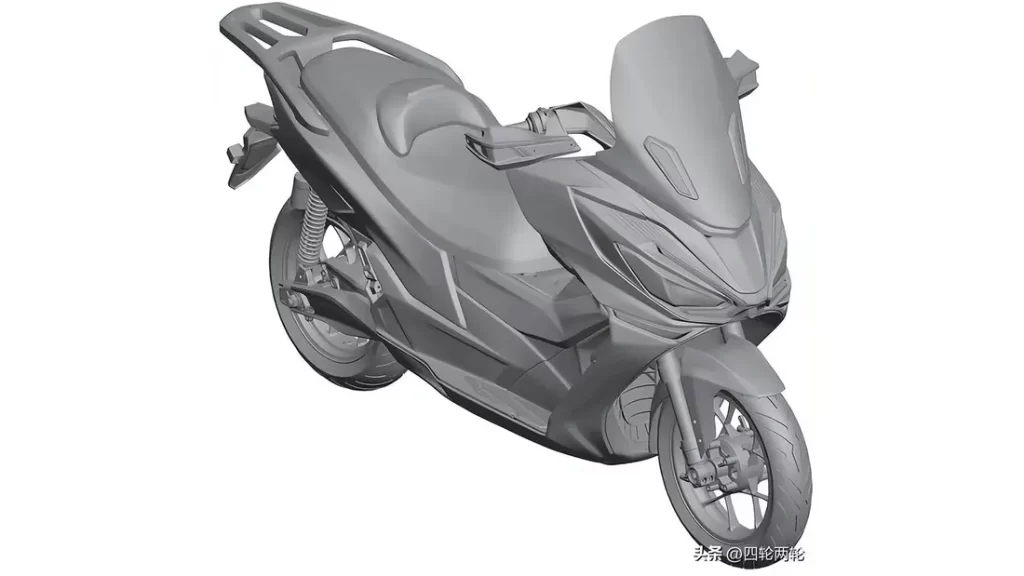The Penang LRT (Light Rail Transit) project is expected to start in the middle of this year.
An analyst of Kenanga Investment Bank Bhd., Teh Kian Yeong, said that the main contractor, Gamuda Bhd. is already in final stage of discussions with the government to finalise the implementation model of the project involved.
“This is subject to government approval, while the Environment Department has published an Environmental Impact Assessment (EIA) report for this LRT segment on March 5.
“This federal government-funded project consists of land acquisition costs of approximately RM1.5 billion and construction costs of between RM7 billion and RM8 billion.”
This is ambitious projecte, connecting Tanjung Bungah in the north to Permatang Damar Laut in the south of the island. This route includes several important locations, including:
- Penang Airport,
- Bayan Lepas and Bayan Baru,
- Ayer Itam,
- Penang Hill,
- Ferry Terminal,
- KOMTAR (main station),
- Pulau Tikus.
There is also a line that connects to the mainland of Peninsular Malaysia, with its main station at Penang Sentral, through a 7.2km long tunnel link under the seabed.
The route to the north reaches Kepala Batas, while the route to the south ends at Nibung Tebal. The route furthest to the east reaches Kulim South and Kulim North.
Among the important locations connected are:
- Juru,
- Tambun,
- Batu Kawan,
- Lunas (this writer’s late father’s hometown),
- Bukit Mertajam.
The Penang LRT project has long been desired by the island’s residents due to worsening traffic congestion. It will also play an important role to developing the infrastructure for tourists to the state, apart from further developing the economy of several cities and towns along the way.



